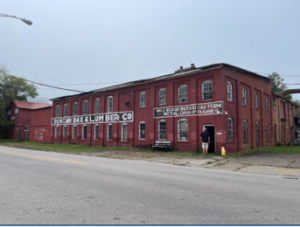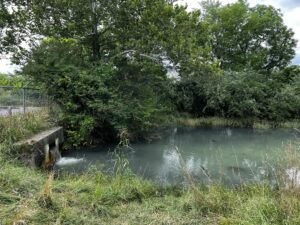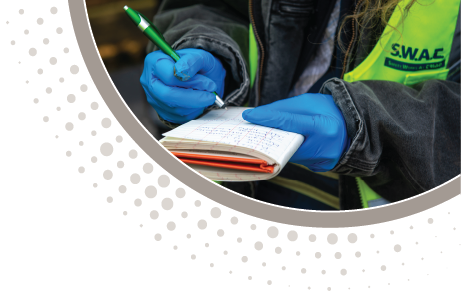Duncan Box – Huntington, WV – Phase I ESA, Phase II ESA & Tank Pull

Duncan Box, a roughly 4-acre property situated at the intersection of 14th Street West and Van Buren Avenue in Huntington Cabell County, West Virginia, has a rich historical background, having housed various enterprises such as a slaughterhouse, sausage factory, box manufacturing facility, hardware store, custom sawmill, and lumber storage. The primary goals of the project were twofold: to assess and remediate the site, ensuring its suitability for redevelopment, all the while prioritizing human health safeguards. Collaborating closely with the Region II Planning & Development Council, Triad Engineering played a pivotal role in the evaluation and enhancement of their brownfield…
How to become an Environmental Engineer/Scientist

In our ever-growing communities and cities, industries like mining, manufacturing, and construction play a pivotal role in providing resources, building homes, and meeting daily needs. However, they also contribute to waste, pollution, and disruptions in our natural ecosystem. Enter Environmental Engineers and Scientists – the unsung heroes working to counterbalance these effects. Armed with an understanding of the environment, Environmental Engineers/Scientists design innovative solutions to minimize and manage waste and pollution. They monitor the air, water, soil, and ultimately, our health, and develop strategies that adhere to environmental regulations. The demand for Environmental Engineers/Scientists is on the rise. The U.S.…


